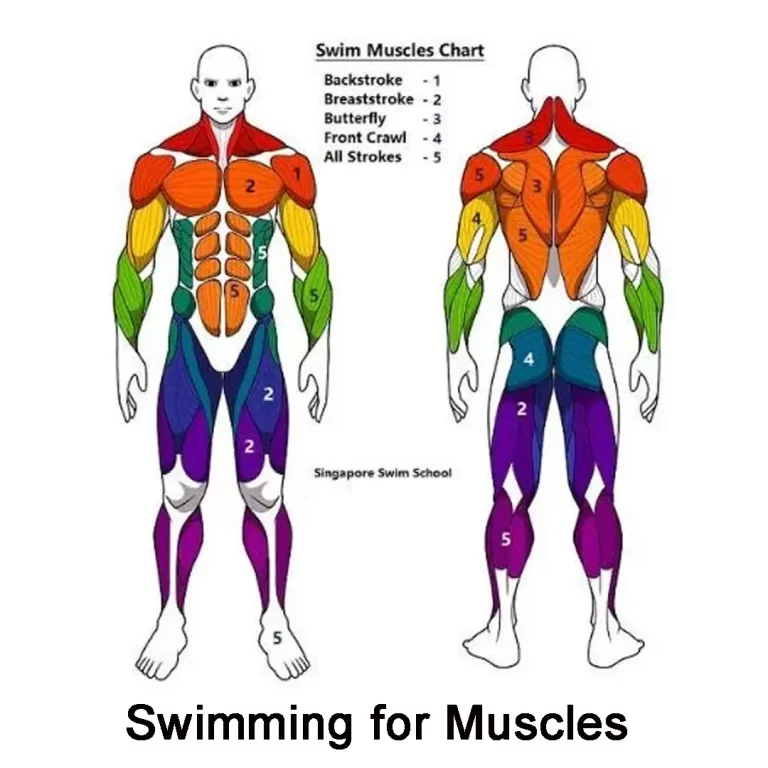MOE Swimsafer Program #7

Reminder to bring EXtra T shirt and Short: Lessons from John’s Seventh SwimSafer Session
Coach reminded the students to bring extra t shirt and short today. However some students still forget to bring. Coach then reminded them again that next week will be their final lesson that is also their swimsafer test. The students were all excited and delighted that the next week program is going to be their last.
The Importance of Keeping Eyes Open Underwater:
John’s seventh lesson in the MOE SwimSafer program was progressing smoothly until an unexpected incident occurred. During an underwater swimming exercise, John’s classmate, Sally, accidentally hit her chin against the pool bottom. This happened because she had closed her eyes while swimming without goggles, unaware of her surroundings. The incident became a crucial learning opportunity for the entire class, highlighting the importance of keeping their eyes open underwater even without goggles.
Understanding the Incident
Sally’s accident was caused by a lack of visual awareness. Without the ability to see, she unknowingly swam downward and collided with the pool floor. The coach quickly ensured she was not seriously injured, and fortunately, the impact was minor. However, it reinforced an essential lesson in water safety—spatial awareness is critical when swimming underwater.
Coach’s Explanation and Safety Measures
After ensuring Sally was alright, the coach gathered the class to discuss the situation. He explained why keeping their eyes open underwater was essential, even without goggles. Many beginner swimmers instinctively close their eyes due to discomfort or fear of water exposure, but this can lead to disorientation, depth misjudgment, and potential injuries like Sally’s.
The coach demonstrated the difference between swimming with eyes open and closed underwater. He encouraged students to practice opening their eyes for brief moments while submerged to familiarize themselves with the sensation. He also emphasized that in real-life emergencies, they might not have goggles, making this an essential survival skill.
Reviewing the SwimSafer Stage 1 Syllabus
To reinforce the importance of water safety and swimming skills, the coach decided to review all the essential components of the SwimSafer Stage 1 syllabus, ensuring students were confident in their abilities and safety practices.
1. Water Confidence and Entry Skills
The session started with reviewing water confidence and safe pool entry techniques. The coach reminded students of different pool entry methods, such as:
- Slide-in Entry – A controlled and safe way to enter shallow water.
- Step-in Entry – Suitable for pools of known depth.
- Jump Entry – Only appropriate in deeper waters with clear visibility.
Scanning the water before entering was emphasized, ensuring swimmers are aware of their surroundings to avoid accidents.
2. Submerging and Breath Control
Since Sally’s incident occurred underwater, the coach focused on submerging and breath control. He advised students to:
- Take a deep breath before submerging.
- Exhale gradually through their nose or mouth while underwater.
- Keep their eyes open to maintain spatial awareness.
The students practiced multiple times to build confidence and get used to the sensation of water in their eyes. The coach reassured them that while chlorine might cause mild irritation at first, their eyes would adjust over time.
3. Floating and Body Positioning
Floating is a fundamental swimming skill that enhances water confidence. The coach reviewed different floating techniques, including:
- Back Float – Helps conserve energy and stay afloat in emergencies.
- Front Float – Develops body control and water comfort.
Practicing floating improved students’ body awareness, reducing accidental sinking or loss of control underwater.
4. Forward and Backward Movement
The class revisited propulsion techniques to ensure students could move efficiently in the water. The coach demonstrated:
- Proper arm and leg movements for forward swimming.
- Controlled strokes to maintain direction and balance.
Students also practiced underwater gliding while keeping their eyes open, reinforcing the habit of using vision to guide their movements and avoid obstacles.
5. Safe Resurfacing and Recovery
A crucial aspect of water safety is resurfacing correctly after submerging. The coach instructed students to:
- Look upward when resurfacing to avoid hitting objects.
- Extend their arms slightly forward to prevent head collisions.
- Use gentle kicking motions to rise smoothly.
Students practiced resurfacing in both shallow and deeper areas to develop confidence in various depths.
6. Treading Water and Water Safety Awareness
Although treading water is emphasized more in later SwimSafer stages, the coach introduced it to build endurance and confidence. Treading water helps swimmers remain afloat in deeper areas and is a vital survival skill.
Additionally, the coach reinforced general water safety rules, including:
- Never swimming alone.
- Checking water depth before diving or jumping.
- Avoiding rough play in the pool.
- Staying within designated swimming zones.
Lessons Learned from the Incident
Sally’s experience became an important learning moment for the entire class. By the end of the session, students understood that keeping their eyes open underwater was essential for preventing injuries and improving swimming skills. Many overcame their initial hesitation and successfully practiced underwater swimming with their eyes open.
The coach’s review of the SwimSafer Stage 1 syllabus further reinforced their understanding of essential swimming techniques and water safety principles. With these foundational skills, students gained greater confidence, ensuring they were well-prepared for their upcoming SwimSafer assessment.
Conclusion
Sally’s minor accident served as a valuable reminder of the importance of awareness and safety in swimming. Under the coach’s guidance, the students learned a crucial lesson about the necessity of keeping their eyes open underwater. The review of the SwimSafer Stage 1 syllabus further enhanced their skills, ensuring they were better prepared to navigate the water safely and effectively.
The SwimSafer program continues to play a vital role in equipping young swimmers with the knowledge and confidence to enjoy the water responsibly. By reinforcing safety measures and proper techniques, students develop lifelong skills that contribute to their overall water competency and well-being.


